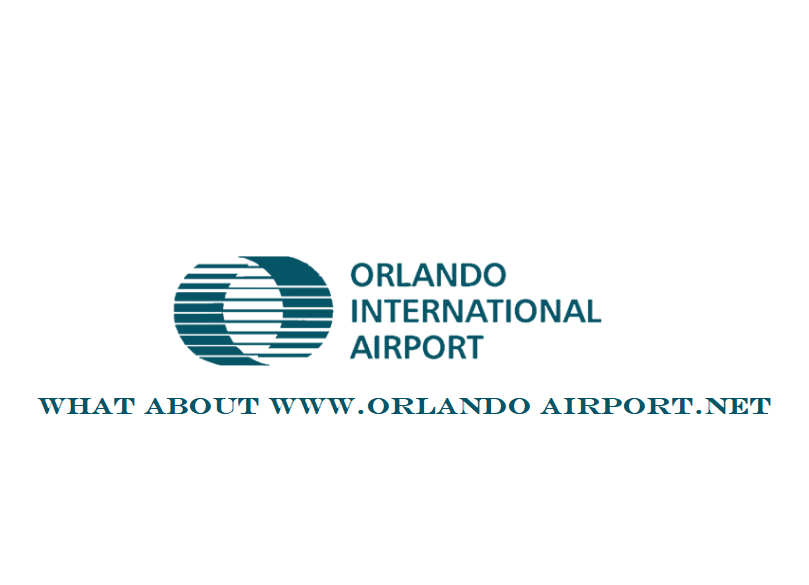
The website for Greater Orlando Aviation Authority is http://www.orlandoairports.net. It provides information about Orlando International (MCO) and Executive (ORL) Airports, including job openings, airlines and aviation services, and contact details. The airport business section provides information for conducting business at Orlando International Airport, and the flights section provides flight information for travelers.
Airlines that Operate at Orlando International Airport
The airlines that operate at Orlando International Airport (MCO) include a variety of carriers such as Aer Lingus, British Airways, Caribbean Airlines, Air Transat, Avelo Airlines, Avianca, BermudAir, Copa Airlines, Frontier Airlines, Southwest Airlines, and Spirit Airlines, among others. These airlines offer a wide range of domestic and international flights to various destinations, making Orlando International Airport a major hub for air travel in the region.
The Parking Options at Orlando International Airport
All of the parking options at MCO offer free shuttle service to the terminal, except for the Terminal Top Parking and Valet Parking options. It is recommended to reserve parking in advance, especially during peak travel periods, to ensure a guaranteed space. The off-site parking options often offer lower rates and free shuttle service to the terminal, making them a popular choice for travelers. Travelers should consider the distance and shuttle service when choosing an off-site parking option. Orlando International Airport (MCO) offers several parking options for travelers, including on-site and off-site parking. It is recommended to reserve parking in advance, especially during peak travel periods, to ensure a guaranteed space.
Why Orlando International Airport is the Best
Orlando International Airport (MCO) is considered the best airport in Orlando due to several reasons. With 50 million passengers passing through its doors every year, MCO is Florida’s busiest airport, making it a hub for many airlines and a convenient option for travelers. The airport’s layout is straightforward, with everything located in the Main Terminal, which is split into two areas, Side A and Side B, making it easy to navigate. There are several transportation options available, including taxis, buses, and rental cars, making it accessible for travelers on any budget. MCO also offers free Wi-Fi, making it easy for travelers to stay connected while waiting for their flight. The airport is also committed to providing excellent customer service, with a focus on creating a positive, memorable experience for all who pass through its doors. In terms of flights, MCO offers direct flights to 167 destinations with 38 airlines, making it a convenient option for travelers looking to explore different parts of the world.
The Unique Features of Orlando International Airport
Orlando International Airport (MCO) is one of the largest and busiest airports in Florida, serving over 35 million passengers annually. The airport’s unique features include:
-
Layout
It has four runways and a helipad, and in 2017 handled over 22 million passengers, making it the 11th busiest airport in the United States.
-
History
The airport began its life in 1942 as Orlando Army Air Field #2, and was later renamed Pinecastle Army Base. In the 1950s, it was renamed McCoy Air Force Base in honor of Colonel Michael Norman Wright McCoy, a former pilot who was killed during a bombing and navigation competition. The airport’s IATA code, MCO, comes from the name of this former pilot.
-
Art Collection
MCO’s art collection includes some real treasures, including “Space, Time and Energy” by Jacob Lawrence and a series of four terrazzo “Welcoming Gardens” by Scott Parsons that serve as welcome mats at the airport.
-
Hyatt Regency Orlando International Airport
The airport features an on-site Hyatt Regency hotel within the main terminal structure. The hotel is located on the east side of the Terminal A/B complex and offers 445 guest rooms and 52,000 square feet of meeting space.
-
Capital Improvement Plan
The airport authorities have come up with a capital improvement plan (CIP) for developing the various existing facilities, including terminal improvements, airfield improvements, ground transportation improvements, and others.



